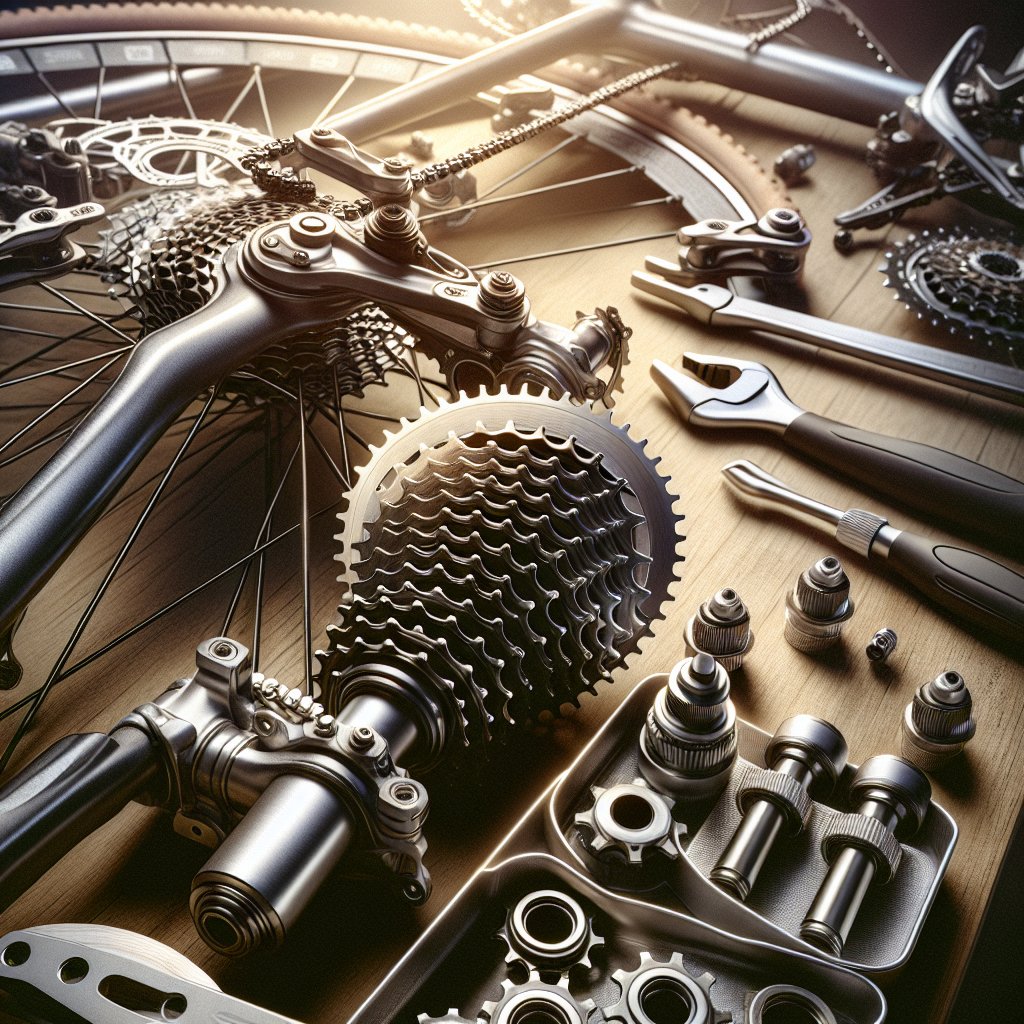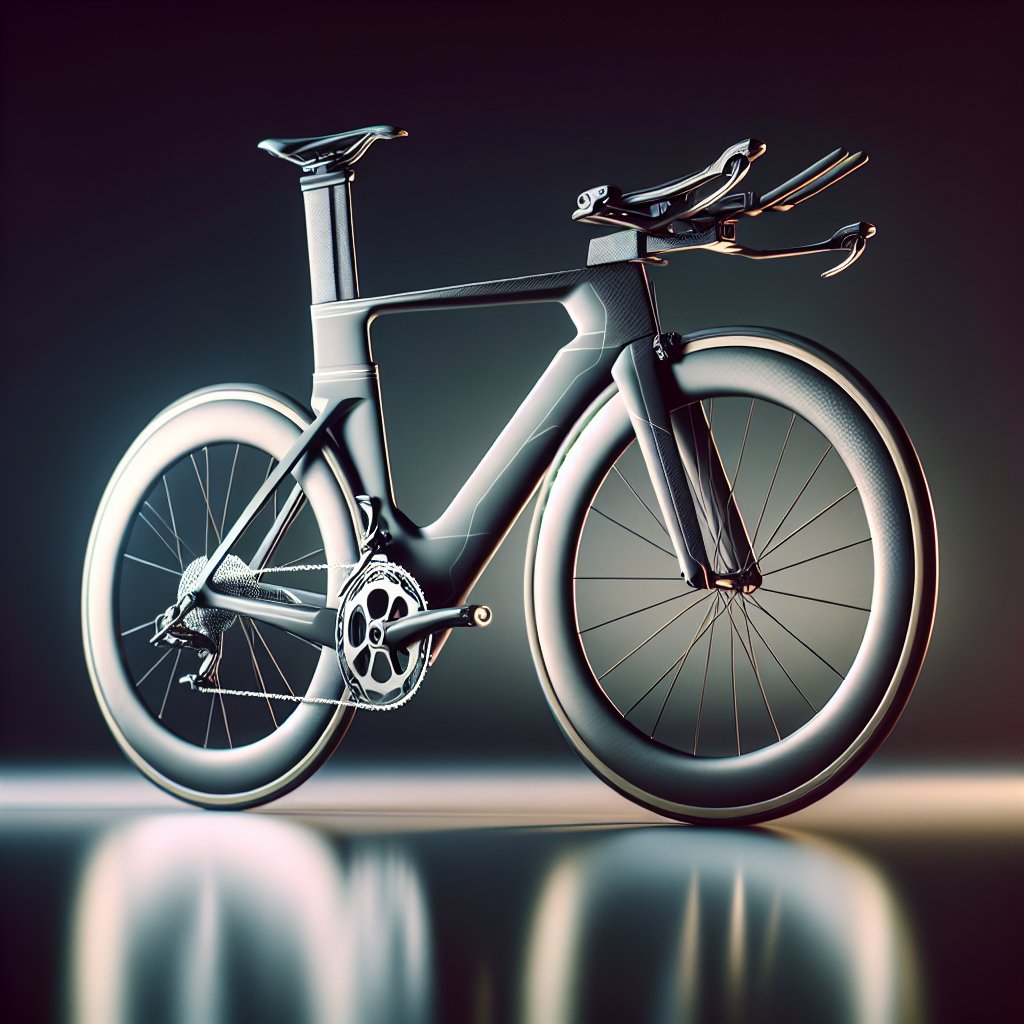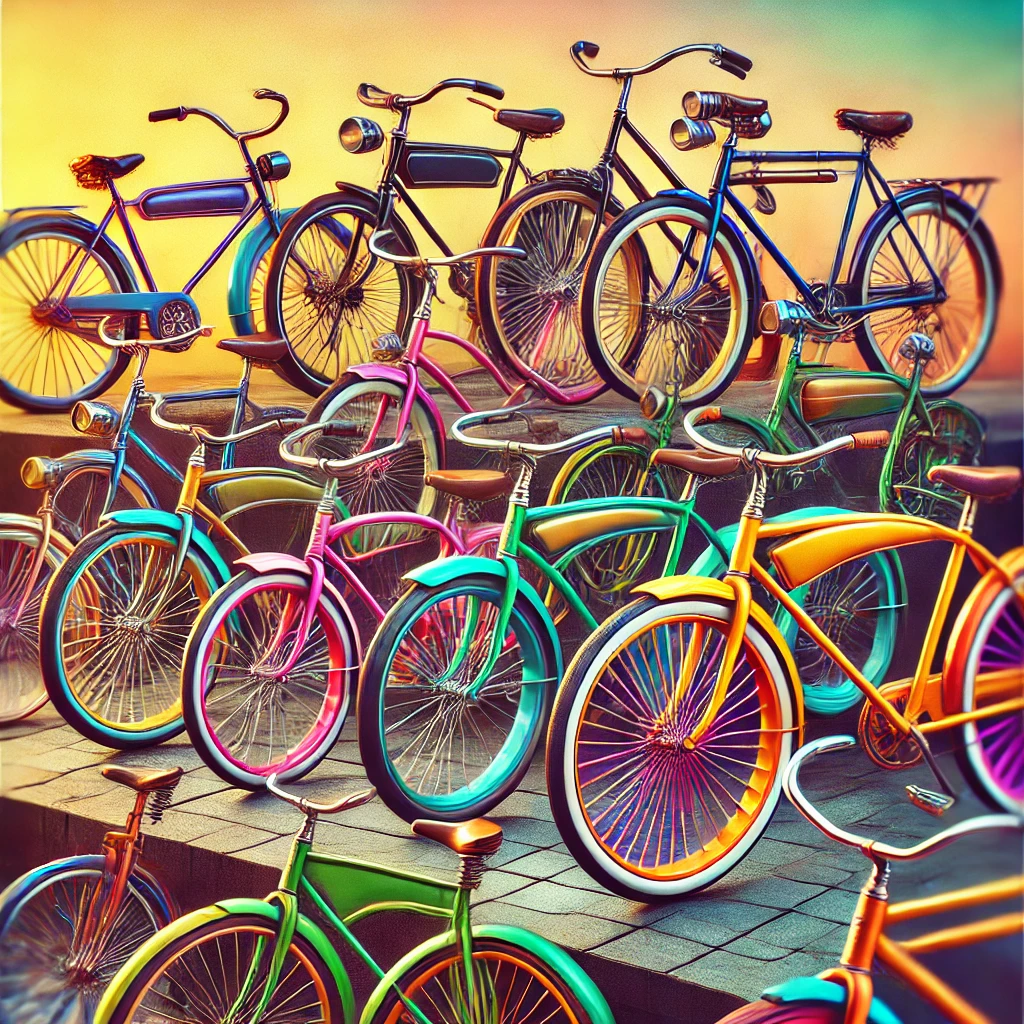Maintaining your bicycle gears and derailleurs is essential for ensuring a smooth and efficient ride. Proper maintenance not only extends the life of your bike but also enhances your overall cycling experience. In this article, we will delve into the intricacies of bicycle gear and derailleur maintenance, providing you with a comprehensive guide to keep your bike in top condition.
Understanding Bicycle Gears and Derailleurs
Before diving into the maintenance process, it’s crucial to understand the components involved. Bicycle gears and derailleurs are integral parts of your bike’s drivetrain, responsible for shifting and maintaining the chain’s position on the sprockets. The gears allow you to adjust the bike’s resistance, making it easier or harder to pedal, while the derailleurs move the chain between different gears.
The Role of Gears
Bicycle gears are designed to help you tackle various terrains and riding conditions. They consist of a set of sprockets, usually located on the rear wheel (cassette) and the crankset (chainrings). By shifting gears, you can optimize your pedaling efficiency, whether you’re climbing a steep hill or cruising on a flat road.
The Function of Derailleurs
Derailleurs are mechanical devices that move the chain from one gear to another. There are two main types of derailleurs: the front derailleur, which shifts the chain between the chainrings, and the rear derailleur, which shifts the chain across the cassette. Properly functioning derailleurs ensure smooth and precise gear changes, enhancing your riding experience.
Essential Tools for Gear and Derailleur Maintenance
To maintain your bicycle gears and derailleurs effectively, you’ll need a set of essential tools. Having the right tools on hand will make the maintenance process more efficient and less frustrating. Here are some of the key tools you’ll need:
- Allen wrenches: These are used to adjust various components on your bike, including the derailleurs.
- Screwdrivers: Both flathead and Phillips screwdrivers are necessary for fine-tuning derailleur settings.
- Chain tool: This tool is essential for removing and installing the bike chain.
- Lubricant: A good quality bike lubricant is crucial for keeping the chain and derailleurs running smoothly.
- Cleaning supplies: Brushes, rags, and degreasers are needed to clean the drivetrain components.
- Derailleur hanger alignment tool: This tool helps ensure that the derailleur hanger is properly aligned, which is critical for accurate shifting.
Step-by-Step Guide to Maintaining Your Bicycle Gears and Derailleurs
Now that you have a basic understanding of the components and the necessary tools, let’s dive into the step-by-step maintenance process. Follow these steps to keep your gears and derailleurs in optimal condition:
1. Cleaning the Drivetrain
Start by cleaning the drivetrain, which includes the chain, cassette, chainrings, and derailleurs. A clean drivetrain not only looks better but also performs more efficiently. Here’s how to do it:
- Use a degreaser to remove dirt and grime from the chain, cassette, and chainrings. Apply the degreaser and let it sit for a few minutes.
- Scrub the components with a brush to remove any stubborn dirt. Pay special attention to the spaces between the cassette sprockets and the teeth of the chainrings.
- Rinse the components with water and dry them thoroughly with a clean rag.
- Clean the derailleurs by wiping them down with a rag and using a brush to remove any dirt from the pulleys and other moving parts.
2. Inspecting the Chain
The chain is a critical component of your bike’s drivetrain, and it needs to be in good condition for smooth shifting. Here’s how to inspect the chain:
- Check for signs of wear, such as stretched links or rust. A worn chain can cause poor shifting and damage other drivetrain components.
- Use a chain wear indicator tool to measure the chain’s wear. If the tool indicates that the chain is worn, it’s time to replace it.
- Lubricate the chain with a high-quality bike lubricant. Apply the lubricant to each link and wipe off any excess with a rag.
3. Adjusting the Derailleurs
Properly adjusted derailleurs are essential for smooth and accurate shifting. Follow these steps to adjust the front and rear derailleurs:
Adjusting the Front Derailleur
- Shift the chain to the smallest chainring and the largest rear sprocket.
- Loosen the cable anchor bolt on the front derailleur and adjust the height and angle of the derailleur cage. The cage should be parallel to the chainrings and positioned 1-2mm above the largest chainring.
- Tighten the cable anchor bolt and use the barrel adjuster to fine-tune the cable tension. The chain should shift smoothly between the chainrings without rubbing against the derailleur cage.
Adjusting the Rear Derailleur
- Shift the chain to the smallest rear sprocket and the largest chainring.
- Loosen the cable anchor bolt on the rear derailleur and adjust the B-tension screw to ensure the jockey wheel is close to the cassette but not touching it.
- Tighten the cable anchor bolt and use the barrel adjuster to fine-tune the cable tension. The chain should shift smoothly across the cassette without skipping or jumping.
- Check the limit screws to ensure the derailleur doesn’t shift the chain off the cassette. The high limit screw controls the smallest sprocket, and the low limit screw controls the largest sprocket.
4. Aligning the Derailleur Hanger
A misaligned derailleur hanger can cause poor shifting and damage the derailleur. Use a derailleur hanger alignment tool to check and adjust the hanger alignment:
- Remove the rear wheel and attach the alignment tool to the derailleur hanger.
- Rotate the tool to check the alignment at various points around the hanger. The tool should be equidistant from the rim at all points.
- If the hanger is misaligned, use the tool to gently bend it back into place. Recheck the alignment to ensure it’s correct.
Common Issues and Troubleshooting
Even with regular maintenance, you may encounter some common issues with your bicycle gears and derailleurs. Here are some troubleshooting tips for addressing these problems:
Chain Skipping
If your chain skips when you pedal, it could be due to a worn chain, cassette, or chainrings. Check these components for wear and replace them if necessary. Also, ensure the derailleurs are properly adjusted and the chain is lubricated.
Poor Shifting
Poor shifting can be caused by several factors, including misaligned derailleurs, worn cables, or dirty drivetrain components. Check the derailleur alignment, replace worn cables, and clean the drivetrain to improve shifting performance.
Chain Dropping
If your chain drops off the chainrings or cassette, it could be due to loose or improperly adjusted derailleurs. Check the derailleur adjustments and ensure the limit screws are set correctly. Also, make sure the chain is the correct length and properly tensioned.
Conclusion
Maintaining your bicycle gears and derailleurs is crucial for a smooth and enjoyable riding experience. By understanding the components, using the right tools, and following a regular maintenance routine, you can keep your bike in top condition and avoid common issues. Remember to clean the drivetrain, inspect the chain, adjust the derailleurs, and align the derailleur hanger regularly. With proper care, your bike will provide you with many miles of reliable performance.



